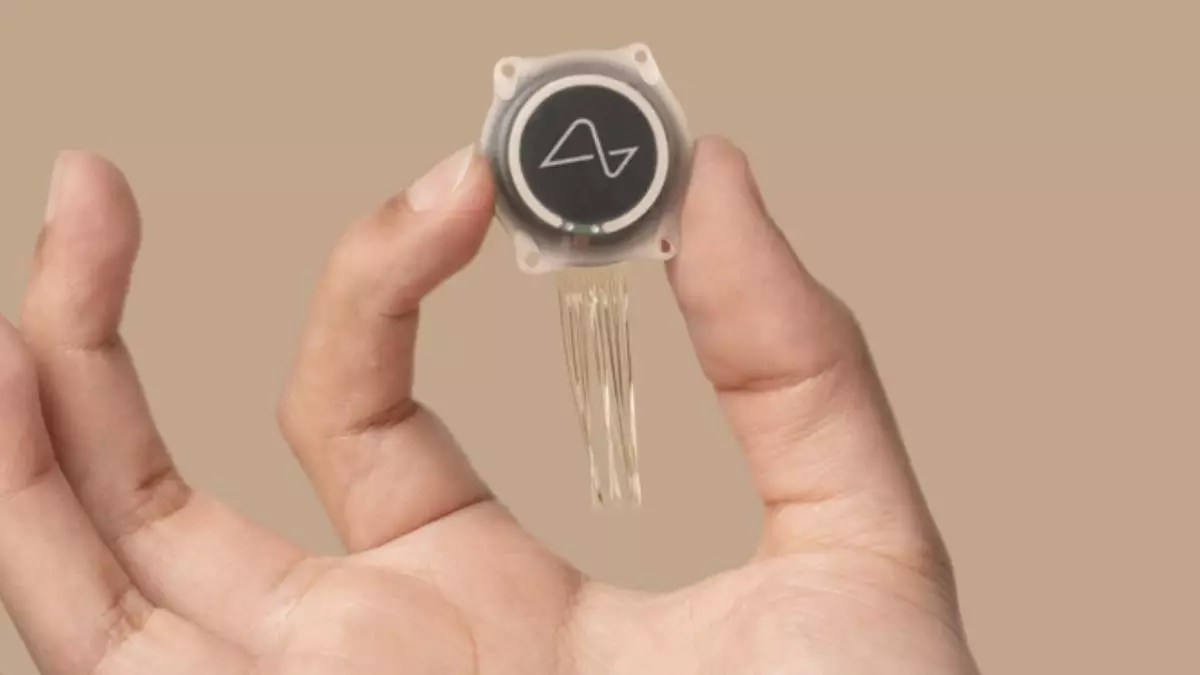Neuralink, a neurotechnology company founded by Elon Musk in 2016, has recently made headlines with its latest development, the Blindsight brain implant. Awarded the FDA’s Breakthrough Device Designation, this device promises revolutionary advancements in visual restoration. However, as we delve deeper into this innovation, we must critically assess its potential, the over-enthusiastic claims, and the complex challenges it faces in reality.
Musk’s announcement surrounding the Blindsight implant conjures vivid imagery reminiscent of the iconic Star Trek character Geordi La Forge, who possessed the ability to perceive the world through technological enhancements. Musk declares that the new Neuralink device will not only assist those who have lost their sight but could enable even those blind from birth to perceive their environment. This is a bold statement that ignites excitement and hope but also calls for scrutiny.
The FDA’s designation indicates that the device is recognized for its potential to treat debilitating conditions, thus expediting its development process. The ambition to restore vision by interfacing directly with the brain underscores the cutting-edge nature of Neuralink’s research. However, the technical feasibility of these claims raises legitimate questions.
Understanding the Mechanics of Blindsight
At its core, the Blindsight device utilizes a microelectrode array implanted within the visual cortex, a procedure that is not unprecedented. Stimulation of neurons within this area of the brain has been explored in various forms of research, but Neuralink’s advancements in electrode density could herald significant improvements. Musk, however, candidly warns that the initial visual quality would resemble the low-resolution graphics of early video games, such as those from the Atari era.
While the prospect of enhanced vision in multiple wavelengths, reminiscent of Geordi’s capabilities, is enthralling, it is crucial to address the intricacies surrounding human vision. The visual cortex may be adapted for processing visual information, yet for individuals who have never experienced sight, the absence of any foundational visual memory poses a substantial barrier. This leads to profound philosophical and neurological questions about the nature of sight and perception itself.
Despite Musk’s grand assertions, the reality of achieving functional vision through neural implants remains complex. Critics emphasize the historical challenges faced by similar technologies, particularly the limitations imposed by the number of electrodes and their ability to produce high-definition visual data. The discrepancy between the advanced visual systems humans utilize and the rudimentary outputs of current experimental devices cannot be overstated.
Additionally, the assertion that someone blind from birth could capture and interpret visual information is a contentious point. The pathways necessary to form a coherent understanding of what they see are absent, leading experts to argue that Musk’s optimism may border on misrepresentation. The distinction between restoring sight and enabling perception is profound and complex, yet often oversimplified in public discourse.
Innovation Versus Reality: A Path Forward
While Musk’s projects have historically been marked by aspirations that often stretch the boundaries of current technological achievement, it is equally important to acknowledge the progress made under his leadership in various fields, particularly space exploration. Neuralink’s ambitions share that spirit of innovation, yet a grounded perspective is crucial for navigating the next steps in developing Blindsight.
As Neuralink continues its trials and integration of advanced technologies, it must also engage with the communities it aims to assist, particularly those affected by blindness. This collaboration could foster more genuine insights into the needs and realities of these individuals, allowing for more targeted and effective solutions.
While the vision of Blindsight represents a remarkable advancement in neurotechnology with significant potential, stakeholders must approach the discourse surrounding it with careful consideration and realism. The implications of restoring vision—especially to those who have never seen—extend far beyond mere technological triumphs; they encompass the very nature of human experience and perception itself. With further research and dialogue, there lies hope for a future where such innovations could genuinely enrich lives, devoid of exaggerated claims and overzealous proclamations.


Leave a Reply